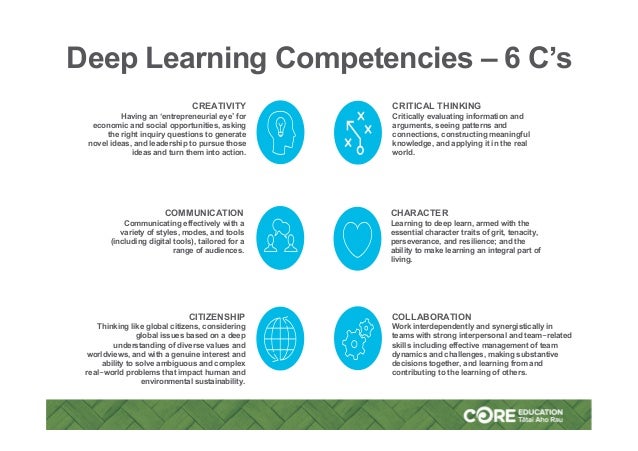The teacher criteria I feel I have met well
Criteria 1: Establish and maintain effective professional relationships focused on the learning and well-being of all ākonga.
At the commencement of the school year I sent each of my senior students a homework survey based on their learning needs from the previous year the link for this is:
https://docs.google.com/document/d/1rriOTnV51C6JgiXY7NWxRjabcj947v3BZSYM9f1dn5Y/edit?usp=sharing. by investigating what my students previous knowledge level already was and how they liked to learn enabled my teaching to be modified to the needs of my learners as well as the curriculum requirements. I have also ensured that I have one on one meetings with my senior students to ensure that they are on track to successfully complete the internal assignments engaged in. This not only allows a positive relationship to be developed but also enables any problems to be identified early into a unit of work.
By entering the MindLab course I have collaborated with multiple teachers across curriculum areas with students learning at the heart of our engagement. With the collaboration with Desire Truter, a former colleague, I have enjoyed conversations regarding how to change learning habits of our non-engaged students, going away and trying these in my practice and then coming back together to reflect on our students learning experiences. Without this course I would not have had these conversations and many of the positive changes would not have occurred.
Criteria 8: Demonstrate in practice their knowledge and understanding of how ākonga learn
 For digital and collaborative Learning in Context assignment 3 Desire Truter and myself worked on a problem with student learning that we were both experiencing at differing schools. For this to be completed we needed to look at how our students were learning and for those that were not engaged in the lessons being taught what was going on. As part of our findings we trialed activities where students took ownership for their own learning. This is discussed on the TKI website in regards to e-learning tools and the advantages for self regulated learning.
For digital and collaborative Learning in Context assignment 3 Desire Truter and myself worked on a problem with student learning that we were both experiencing at differing schools. For this to be completed we needed to look at how our students were learning and for those that were not engaged in the lessons being taught what was going on. As part of our findings we trialed activities where students took ownership for their own learning. This is discussed on the TKI website in regards to e-learning tools and the advantages for self regulated learning. Other professional development in this area has been through involvement in school wide professional development in which we have been listening to student voice in regards to their learning. Many things have come up within this from the wall coverings in classrooms being too distracting to being engaged in more group work activities which heightens the learning opportunities. From these discussions with students I have changed many of my classroom 'habits' and whilst it is still trial and error I feel that I have enabled my students to have a say in the way they want to learn.
Criteria 12: Use critical inquiry and problem-solving effectively in their professional practice.”
Through on going engagement in professional development opportunities both at school and within the community I reflect on my practice on a regular basis. The appraisal system within our school provides goals to be set and reviewed at timely intervals throughout the year and problems that arise be worked out and hopefully solved as part of this. Through the use of different tools in the classroom and reflection on how these aid the learning of my students an ongoing critical reflection is needed to ensure that I have the correct methods to enable quality learning to be engaged in.
Future Goals
Whilst as I write this I breathe a sigh of relief that my course is at an end and I should have some extra time to put into my teaching or even my own children I do realise that as an educator I need to walk the talk and continue as a lifelong learner. The realization is that I have enjoyed this journey and it needs to be an on-going journey that I need as a professional to undertake. The next step would be entering onto the Masters program to continue my journey and this will become one of my future goals to complete. As part of the e-learning strategy team at the college I feel it is a necessary step for me to continue to development my knowledge into new digital technologies to share with my colleagues.
A second future goal for myself would be to continue to look into my own practice and trial all the new 'tools' we have learnt so much about, how to engulf these technologies into my classroom in way that is beneficial to my learners. Critical analysis of my practice will as always be an ongoing concern but I feel excited for my future prospects.
References:
Osterman, K. & Kottkamp, R.(1993) Reflective Practice for Educators.California.Cornwin Press, Inc. Retrieved on 28th March 2016 from http://www.itslifejimbutnotasweknowit.org.uk/files/RefPract/Osterman_Kottkamp_extract.pdf
Ministry of Education (nd). Practising Teacher Criteria and e-learning . Retrieved from http://elearning.tki.org.nz/Professional-learning/...


